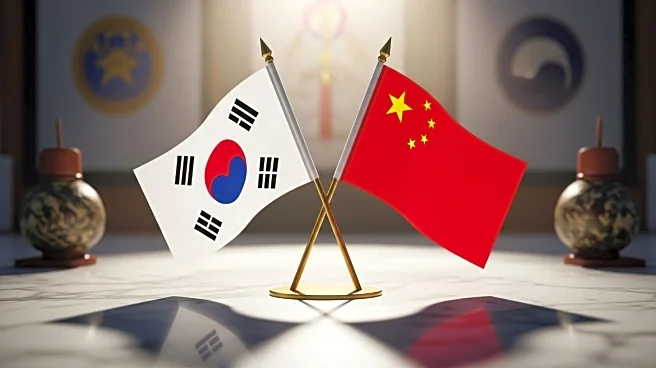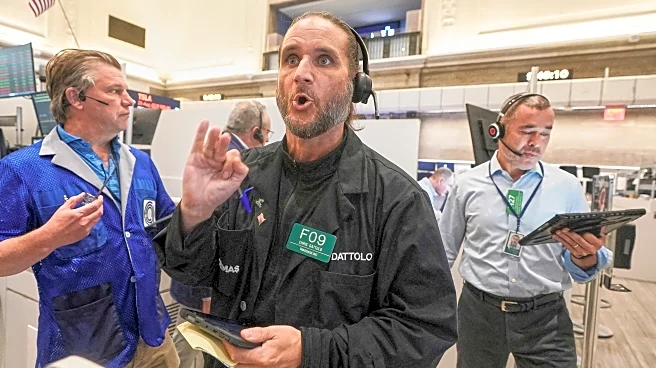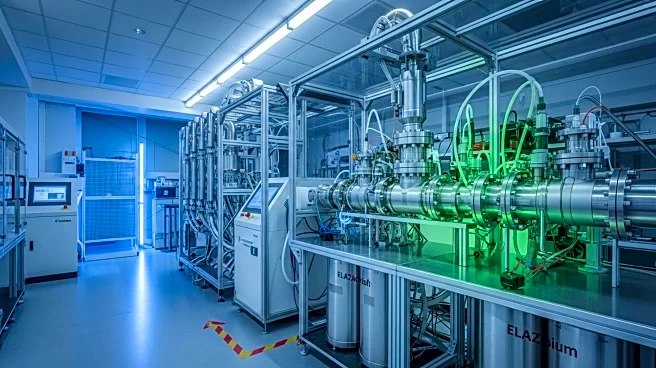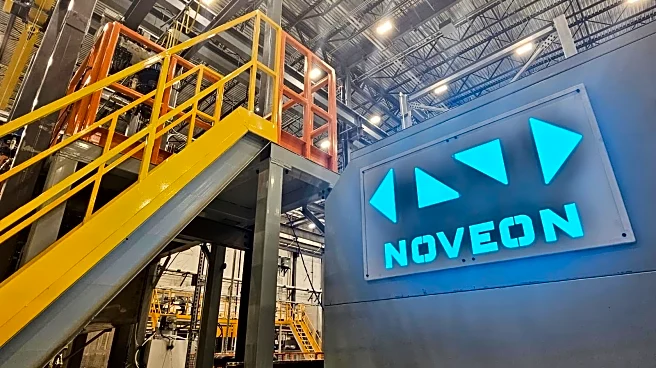What's Happening?
TechMet, a US government-backed investment vehicle, is launching a new trading arm, TechMet SCM, to focus on critical minerals. This initiative aims to bolster Western supplies of materials where China currently holds dominance. The trading unit will specialize in battery metals such as lithium, cobalt, and nickel, with plans to expand into other critical minerals like rare earths. TechMet SCM will operate from three locations: Washington DC, Brussels, and South Korea, reflecting the strategic importance of these regions in the battery sector. The US government's International Development Finance Corp is a significant investor in TechMet, underscoring the strategic alignment with reshoring supply chains towards the West.
Why It's Important?
The launch of TechMet SCM is significant as it represents a strategic move to reduce dependency on China for critical minerals, which are essential for various industries, including technology and renewable energy. By enhancing Western supply chains, TechMet aims to secure a stable and diversified source of these materials, potentially benefiting US industries and national security. This initiative could lead to increased investment in domestic mining and processing capabilities, fostering economic growth and innovation in the sector. Stakeholders such as US agencies and private investors stand to gain from a more resilient supply chain, while industries reliant on these minerals may experience reduced risks associated with geopolitical tensions.
What's Next?
TechMet SCM plans to expand its focus beyond battery metals to include other critical minerals, potentially rare earths. The trading unit's operations will likely involve collaborations with US agencies and private companies to secure supply chains. As the initiative progresses, it may influence policy decisions related to domestic mining and international trade agreements. The strategic positioning of offices in Washington DC, Brussels, and South Korea suggests ongoing engagement with key stakeholders in these regions, which could lead to further developments in the critical minerals market.













